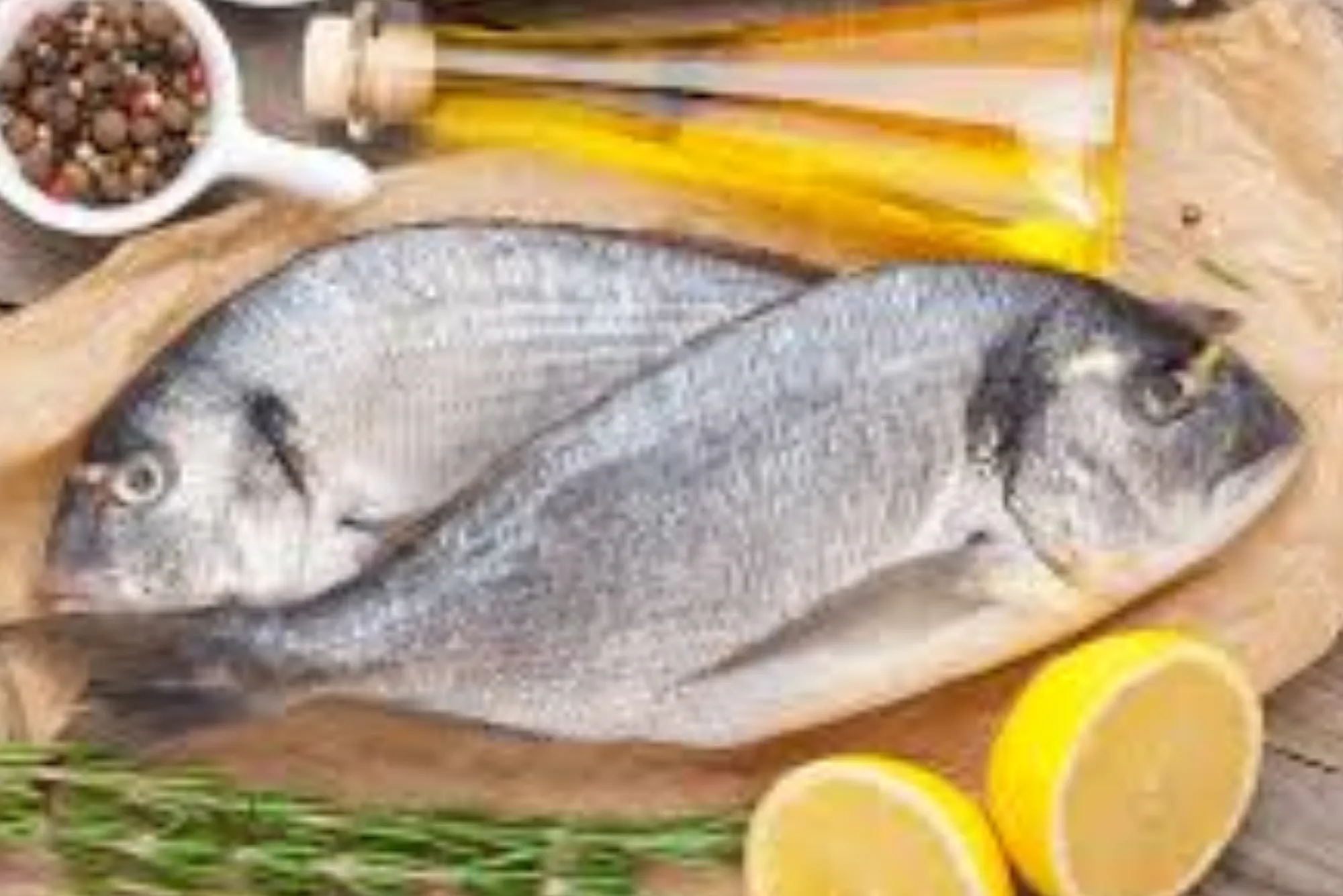The hamour fish, also known as the orange-spotted grouper, is more than just a popular delicacy in the United Arab Emirates (UAE). With its nutritional richness and economic value, hamour is increasingly viewed as a key driver of efficiency in health, food sustainability, and even technology-enabled aquaculture. In this article, we will explore how understanding hamour fish benefits can enhance both personal well-being and community development while aligning with UAE’s forward-looking initiatives.
Nutritional Value of Hamour Fish
Quick Answer: Hamour fish is packed with lean protein, vitamins, and omega-3 fatty acids essential for energy and wellness.
Hamour fish is a rich source of:
Lean protein: Ideal for muscle development and recovery.
Omega-3 fatty acids: Supports brain and heart health.
Vitamin B12 and selenium: Boosts immunity and metabolism.
In UAE households, hamour is considered a staple for both daily meals and festive gatherings. According to UAE’s Ministry of Health and Prevention, seafood accounts for 20–25% of protein intake in coastal communities, highlighting its vital role in public nutrition.
Economic Impact of Hamour in UAE
Quick Answer: The hamour industry contributes significantly to fisheries and food security in UAE.
The UAE government has recognized hamour as a high-value species within its food diversification strategy. Statistics show that:
UAE fisheries generate over AED 1 billion annually.
Hamour accounts for a large share of fish sold in Dubai and Abu Dhabi fish markets.
Local aquaculture programs, supported by the Ministry of Climate Change and Environment (MOCCAE), are increasing sustainable farming of hamour.
This industry creates jobs in fishing, logistics, processing, and hospitality. By modernizing aquaculture, the UAE is reducing reliance on imports while preserving marine ecosystems.
Hamour in Emirati Culture and Cuisine
Quick Answer: Hamour is deeply embedded in Emirati traditions and culinary heritage.
In cities like Sharjah and Ras Al Khaimah, hamour dishes are a centerpiece of cultural gatherings. Traditional recipes include:
Grilled hamour with spices
Machboos (rice with hamour)
Steamed hamour with saffron-infused broth
Restaurants in Dubai Marina and Abu Dhabi Corniche frequently highlight hamour on their menus as a symbol of authenticity and local pride. Its cultural importance makes it both a health and heritage asset.
Sustainability and UAE’s Vision 2031
Quick Answer: Sustainable hamour farming aligns with UAE’s Vision 2031 goals for food security.
Overfishing once endangered hamour stocks, but new strategies are reversing the trend. Examples include:
National Food Security Strategy 2051 – prioritizes local aquaculture.
Sheikh Khalifa Marine Research Centre – innovates hatchery technologies for hamour.
Abu Dhabi Environment Agency – monitors fishing quotas and marine biodiversity.
Such measures ensure that future generations can enjoy hamour while supporting environmental balance.
Role of Technology in Hamour Farming
Quick Answer: Technology-driven aquaculture increases efficiency in hamour production.
Advanced systems such as:
IoT-based water monitoring for oxygen and salinity.
AI-driven feeding systems to reduce waste.
Blockchain tracking for supply chain transparency.
As Ahmed Bilal, CEO of Ignite National Technology Fund, puts it:
“Aquaculture integrated with smart technology reflects the UAE’s commitment to merging tradition with innovation for future resilience.”
This integration creates efficiency not only in production but also in resource management.
Health Benefits of Regular Hamour Consumption
Quick Answer: Eating hamour supports cardiovascular, neurological, and immune health.
Clinical dietitians in Dubai report that hamour is beneficial for:
Lowering cholesterol due to healthy fats.
Improving memory and focus from omega-3s.
Strengthening immunity through high-quality protein.
Hamour is especially recommended for youth programs promoting better nutrition in Abu Dhabi schools, reflecting a holistic approach to health.
Hamour Fish and UAE Episode Platform
Quick Answer: UAE Episode helps document and promote local food sustainability, including hamour fish.
Midway through our exploration, it is worth mentioning that UAE Episode plays an active role in showcasing regional initiatives. From documenting heritage recipes to covering aquaculture technology, the platform highlights how hamour benefits are connected to health, culture, and efficiency in everyday life.
Regional Case Study: Hamour in Abu Dhabi
Quick Answer: Abu Dhabi is leading in sustainable hamour aquaculture.
The Abu Dhabi Agriculture and Food Safety Authority (ADAFSA) recently supported projects to increase local hamour breeding capacity. By combining traditional fishing with modern aquaculture, they:
Reduced imports by 15% in 2024.
Provided new training opportunities for Emirati youth in biotechnology.
Created eco-tourism experiences centered on fisheries.
Such localized efforts show how hamour fish benefits extend beyond diet to economic development.
Training and Youth Empowerment in Fisheries
Quick Answer: UAE is empowering youth with training in sustainable hamour farming.
Programs like the Emirates Youth Climate Strategy encourage young Emiratis to enter aquaculture and environmental sciences. Through internships at marine research centers in Fujairah and Ajman, students gain hands-on experience in managing hamour hatcheries.
This aligns with UAE’s broader efforts under STZA (Special Technology Zones Authority) and Ignite, showing how technology and youth innovation intersect in the fisheries sector.
FAQs
Q1: Is hamour fish safe to eat daily?
Yes, hamour is low in fat and high in protein, making it suitable for regular meals, provided it is sourced sustainably.
Q2: Why is hamour more expensive than other fish in UAE?
Its cultural demand, nutritional value, and controlled fishing make it premium-priced compared to other seafood.
Q3: How is UAE ensuring hamour sustainability?
Through aquaculture, fishing quotas, and marine conservation programs led by MOCCAE and Abu Dhabi agencies.
Q4: What is the difference between wild-caught and farmed hamour?
Wild-caught hamour has a richer flavor, while farmed hamour ensures availability and sustainability year-round.
Q5: Can hamour contribute to UAE’s food security goals?
Absolutely, hamour aquaculture reduces dependence on imports, supporting Vision 2051 food security objectives.
Q6: Are there technology jobs linked to hamour farming?
Yes, roles in IoT, AI, and marine biotechnology are growing as aquaculture integrates with smart systems.
Q7: Which emirates focus most on hamour farming?
Abu Dhabi and Fujairah are leading, with Ras Al Khaimah and Ajman also contributing to sustainable fisheries.
Final Thought
As someone living in the region and observing the transformation firsthand, I believe hamour represents much more than a nutritious meal. It embodies a balance of Tradition, Sustainability, and Innovation that is shaping the UAE’s food ecosystem. From cultural heritage to smart aquaculture technology, the benefits of hamour are a testament to how local resources can drive efficiency and resilience.
By promoting awareness through platforms like UAE Episode and supporting initiatives led by Ignite and STZA, the UAE is not only protecting its seas but also empowering its people for a sustainable future.













